
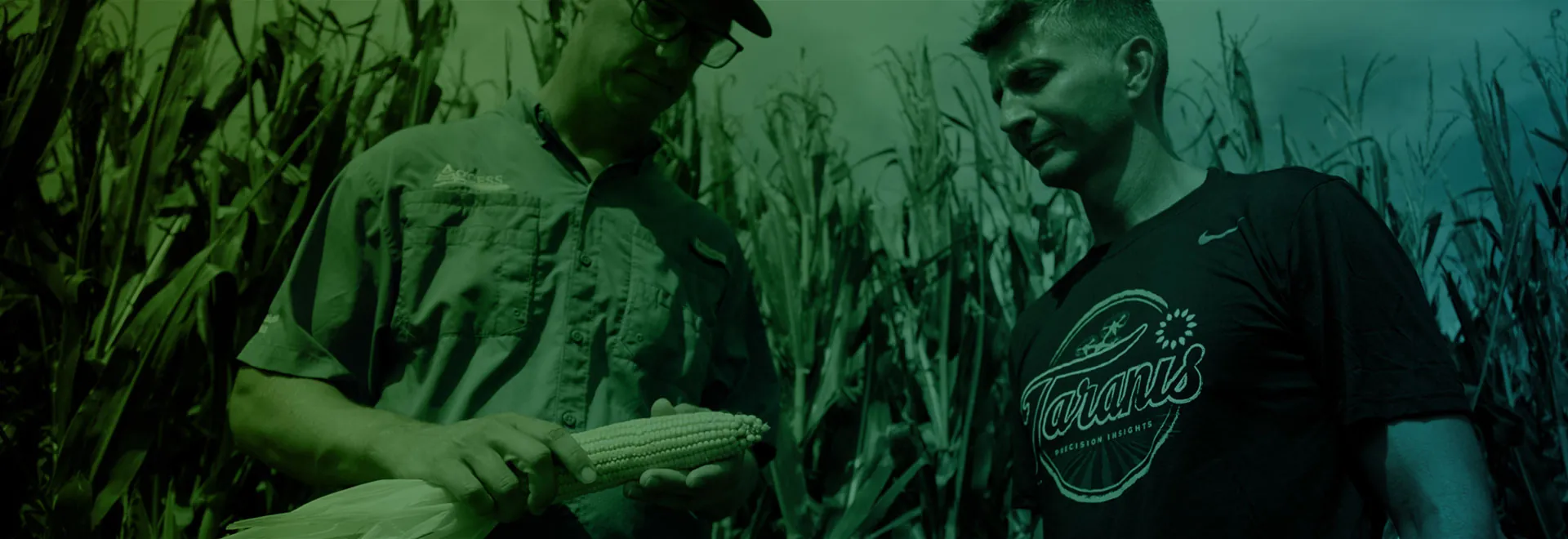
An effective brand should evoke specific emotions and associations within your target audience. It should make them feel connected, inspired, and confident in choosing your products or services. Consistency in messaging, visuals, and customer experience is key to building a strong emotional connection with your audience.
Brand building and recognition is a benefit many Taranis partners are seeing as a value add to the leaf-level insights the technology is providing their customers. Brock Behme, Taranis’ Creative Manager, says that the connection Taranis provides between brand building, awareness, and trust is an easy one to pinpoint.
 “At Taranis, Moving the AcreForward™ is our promise to continue building technologies and solutions that bring real value from every acre for our retailer partners and their growers. The motto “Moving the AcreForward” is a reflection of the relationships we have within the industry and a promise to our partners and the value chain that we are not a fleeting ag company, but rather, we are here to see our mission through. As a company, we are farmers, agronomists, and ag career veterans who live and breathe this industry, and it’s our duty and goal to keep it prosperous. That authenticity is how we approach the market with our brand,” Behme says.
“At Taranis, Moving the AcreForward™ is our promise to continue building technologies and solutions that bring real value from every acre for our retailer partners and their growers. The motto “Moving the AcreForward” is a reflection of the relationships we have within the industry and a promise to our partners and the value chain that we are not a fleeting ag company, but rather, we are here to see our mission through. As a company, we are farmers, agronomists, and ag career veterans who live and breathe this industry, and it’s our duty and goal to keep it prosperous. That authenticity is how we approach the market with our brand,” Behme says.
What do your values and mission statements say about your company and the people who make up your team? Do your value propositions both from a service and product perspective support the mission of your company? Are your values clear, succinct, and definable? Randomly asked, would any and every team member be able to summarize your company’s mission?
If the answer to any of these questions is “no,” changing the answer to a “yes” is the first step in solidifying your brand.
Close your eyes and think about the words: John Deere. Case IH. Pioneer. These corporate powerhouses are leaders in brand recognition, easily identifiable by a simple but memorable logo. Each brand bears supportive brand elements and an exceptionally consistent brand experience, both critical keys in the development of brand recognition and consumer trust.
Behme says companies should be unique and think outside the box when vying for market share and brand recognition.
“Think about sponsoring and hosting events where your audience will be in the room. Get in front of them and always add a speaking opportunity if you can. Agriculture audiences are unique. It is one of the only industries where your customers can be reached in the countryside, across the kitchen table, and at the farm gate. Meet them where they are,” he says. “Physical experiences and communications may work better today than they ever have in the past, but that’s because society, as a whole, and especially farmers, are so inundated with digital. Create something your target audience can hold in their hand or stick on the refrigerator. If you’re in front of and on the mind of your target customer, that’s always a win.”
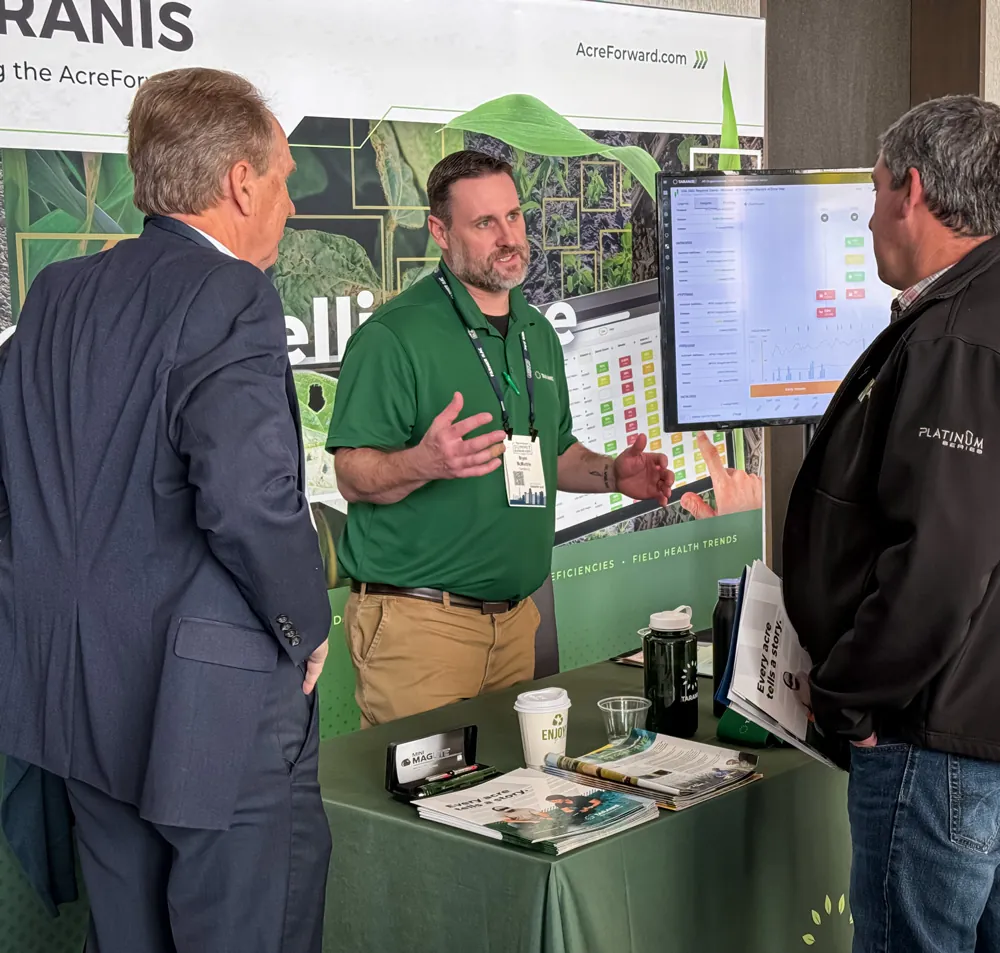
The most consistent and appealing logo won’t make up for inconsistent brand messaging. This component of your brand is ultimately where trust and credibility are developed. What you say about your brand and the market establishes your position and reinforces your brand’s identity. Conduct a quick assessment of your web presence from the site that provides consumers their first experience with your social media channels. How are you showcasing your contribution to the industry? Are you consistent in your contribution across all channels, and do those contributions support the company’s values and mission?
Branding is a moot point if a company isn’t authentic within the space they are working in. Whether you’ve made a career in agriculture or grown up on the farm, it’s easy to spot a newcomer with no agricultural background. No matter which industry you’re working in, “talking the talk AND walking the walk” builds the loyalty that keeps companies in business long-term. Are there holes in your “talk” or “walk”?
Taranis white labeling opportunities position an ag retailer to walk the walk AND talk the talk, all while building their brand recognition and strengthening trust within their customer base.
“For those retail partners who choose to white label Taranis, they are really getting the best of both worlds. They are on the cutting edge of supplying a technology that changes the way their team prioritizes and talks with the customer while creating a reason for their team to talk with the customer on at least a weekly basis. Retailers are providing a solution that builds and showcases their brand but, behind the scenes, is backed by leading experts in the industry,” Behme says.
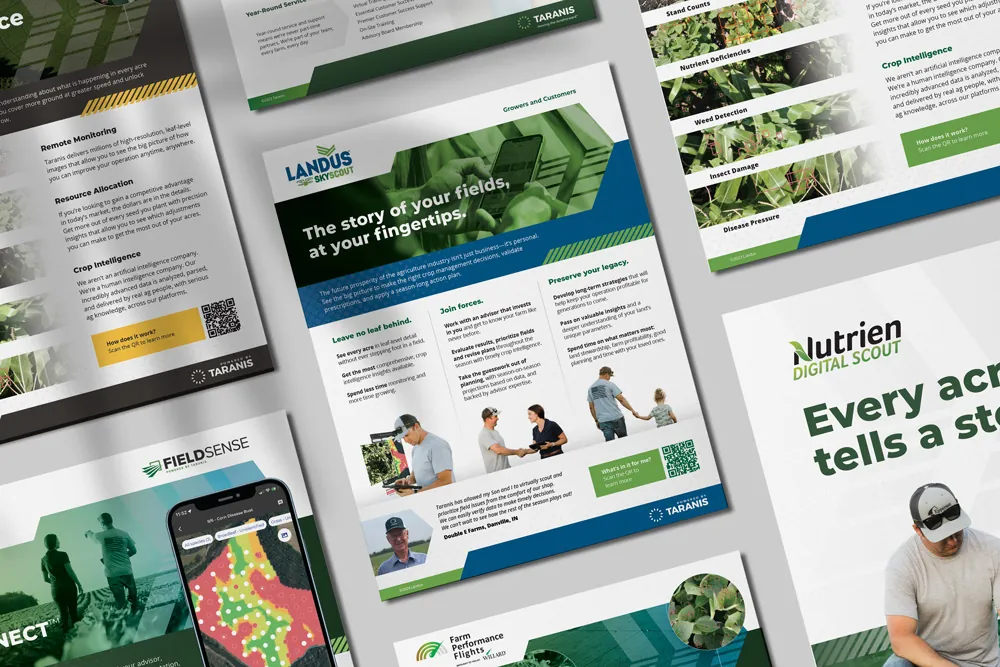
Fostering loyalty begins with creating meaningful interactions. In the field or via email, what does your audience need and want to know, and how are you humanizing the experience they have with your brand? Is every phone call and every visit to their operation a sales call or do you genuinely care about your customer? Are you building a sales list or brand advocates? If you aren’t sure, the answer is likely the former. Change it by changing the way you’re engaging.
Create meaningful interactions with your audience through social media, email marketing, events, or other channels. Engaging with customers helps humanize your brand and fosters loyalty and advocacy.
By following these tips and staying true to your brand values, you can create an effective brand that not only attracts customers but also retains them over the long term. Remember that building a successful brand takes time and effort, but the rewards of a strong brand presence in the marketplace are well worth it.
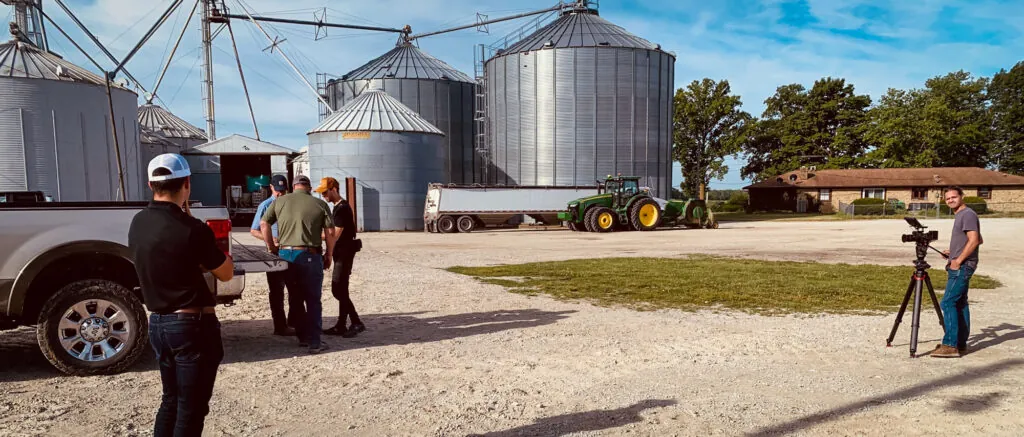

For Central Valley Ag’s (CVA)Trevor Cox and his team, those weeks through April and into the first half of May are where the rubber meets the road. Those weeks see the recommendations that led to on-farm decisions become reality. Those weeks launch #Grow24.

Short, to the point, and chock-full of the information you need to make the most out of every input this season, the Taranis Know2Grow webinar series is just what it says it is.
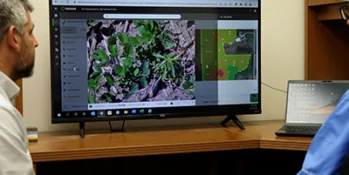
Starting a new lease off on the right foot is beneficial for both the landowner and farmer and can be achieved by aligning goals and establishing a transparent relationship built on honesty and trust.